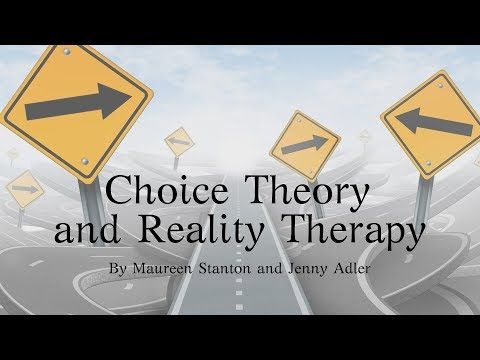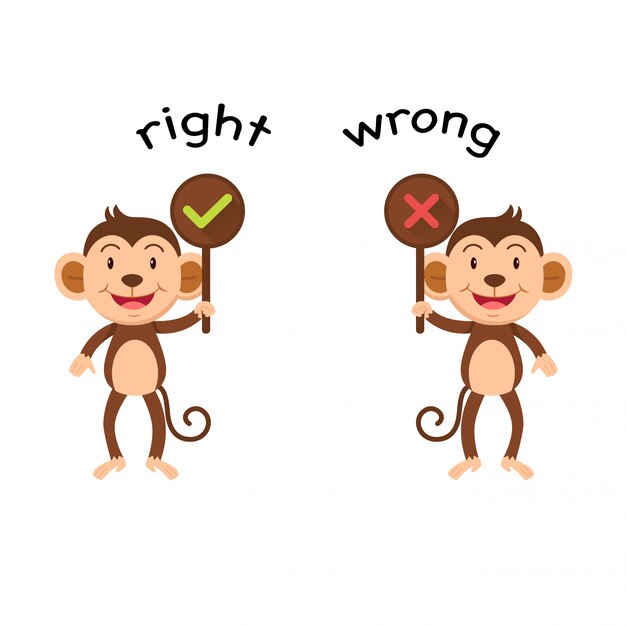Choice reality therapy
Reality Therapy Techniques, Benefits, and Limitations
Reality therapy is a form of counseling that views behaviors as choices. It states that psychological symptoms occur not because of a mental health condition, but due to people choosing behaviors to fulfill their needs.
A reality therapist’s goal is to help people accept responsibility for these behaviors and choose more desirable actions that enable them to connect with others.
Dr. William Glasser developed this method in 1965. He used reality therapy in psychiatric hospitals, prisons, and jails. Glasser has written many books on the subject, and the William Glasser Institute still teaches his methods today.
Though there hasn’t been much research into the effectiveness of reality therapy, it’s practiced in many cultures and countries. However, members of the psychiatric community have criticized reality therapy, as it rejects the concept of mental health conditions.
In this article, we’ll explore the ideas behind reality therapy, along with its techniques, benefits, and criticisms.
Reality therapy is based on choice theory, which Glasser also created.
Choice theory states that humans have five basic, genetically driven needs called “genetic instructions.” These are:
- survival
- love and belonging
- power or achievement
- freedom or independence
- fun or enjoyment
In choice theory, these needs don’t exist in any particular order. But it does state that our primary need is love and belonging, which explains why mental health challenges are often related to relationships.
The theory also states that we choose our behaviors to satisfy unmet needs. And in order to meet these needs, our behavior must be determined by internal forces. If our behavior is influenced by external factors like people or situations, it will result in psychological symptoms.
Reality therapy applies the main principles of choice theory. It aims to help you recognize the reality of your choices and choose more effective behaviors. The key concepts include:
The key concepts include:
Behavior
Behavior is a central component of reality therapy. It’s categorized into organized behaviors and reorganized behaviors.
Organized behaviors are past behaviors that you created to satisfy your needs. The therapist will help you recognize any ineffective organized behaviors.
After identifying ineffective behaviors, you’ll work on changing them into more effective behaviors or making completely new ones. These are called reorganized behaviors.
By presenting behaviors as choices, reality therapy can help you better manage your life experiences and actions, according to advocates of the technique.
Control
The choice theory suggests that a person is only controlled by themselves. It also states that the idea of being controlled by external factors is ineffective for making change.
This concept emerges in reality therapy, which states that behavioral choices are determined by internal control. A reality therapist works to increase your awareness of these controllable choices.
Responsibility
In reality therapy, control is closely linked to responsibility. According to Dr. Glasser, when people make poor choices, they are irresponsibly trying to fulfill their needs.
Based on this notion, reality therapy aims to increase your accountability of your behavior.
Action
According to reality therapy, your actions are part of your overall behavior. It also maintains that you can manage your actions. Hence, the therapist will focus on modifying actions to change behavior.
The method involves evaluating your current actions, how well they’re satisfying your needs, and planning new actions that will meet those needs.
Present moment
Reality therapy states that present behavior and actions aren’t influenced by the past. Instead, it claims that current behavior is determined by the present unmet needs. It uses a “here and now” approach to responsibility and action.
You can use reality therapy for many different scenarios and relationships, including:
- individual therapy
- family therapy
- parenting
- marriage counseling
- education
- management
- relationships with colleagues
- friendships
- addiction
Traditional psychiatry and psychotherapy aim to understand the underlying causes of a person’s problems.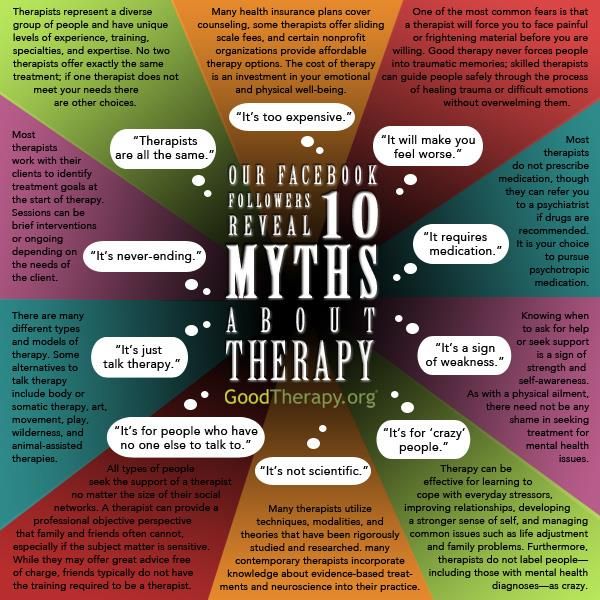 They also focus on unconscious thoughts, feelings, and behaviors.
They also focus on unconscious thoughts, feelings, and behaviors.
Reality therapy, on the other hand, emphasizes the present. The goal is to change current behavior in order to address mental health conditions and improve relationships.
Dr. Glasser believed that disconnects with others are at the core of a person’s dissatisfaction and often mental and physical symptoms.
Additionally, reality therapy rejects the idea of mental illness. Dr. Glasser believed that people aren’t mentally ill, they just choose inappropriate behaviors to satisfy their needs instead.
Not all health professionals accept reality therapy. Some criticize it due to its:
- Opposition of mental illness. Dr. Glasser claimed that mental illness doesn’t exist, which has received pushback from the psychiatric community.
- Potential to impose views. A reality therapist helps people develop new actions. Some say this allows the therapist to impose their values and judgments.

- Anti-medication stance. Dr. Glasser stated that medication is never required to treat mental health conditions. Critics say he could have mentioned the benefits of conventional therapy over drugs, instead of dismissing them entirely.
- Disregard of the unconscious. Some people say that reality therapy fails to recognize the power of our unconscious.
- Limitation to the present. Reality therapy doesn’t aim to understand past conflicts, unlike traditional forms of therapy.
Reality therapy involves different techniques to change your current behavior. Some examples include:
Self-evaluation
A therapist will use self-evaluation techniques to help you recognize your present actions. This serves as a foundation for planning new actions.
They might ask questions like:
- “What are your perceptions of the goals you’ve achieved and those you haven’t?”
- “Are your current goals realistic?”
- “How willing are you to make a change?”
Typically, a therapist will repeatedly use this technique throughout your sessions.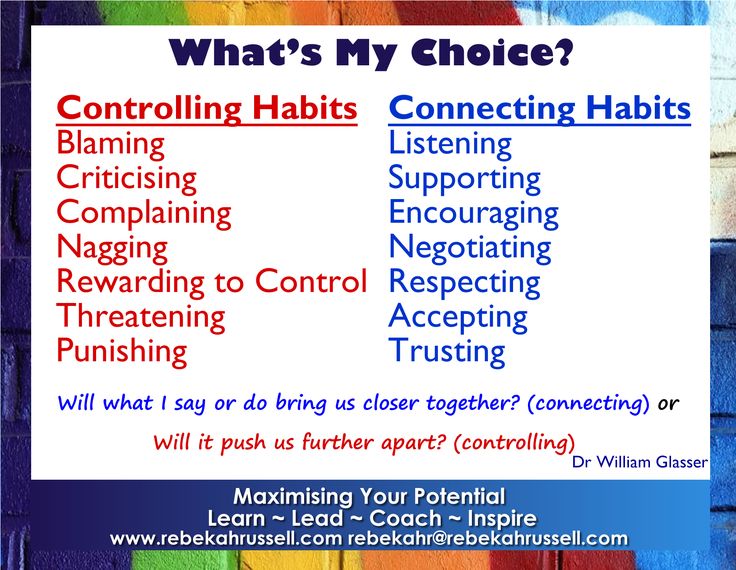
Action planning
After self-evaluation, your therapist will guide you through action planning. The goal is to plan new actions that better serve your needs.
Generally, these actions are:
- simple
- specific
- measurable
- attainable
- focused on results, rather than the action to be avoided
- immediate or time-limited
Reframing
In reframing, a therapist expresses a concept in a positive or less negative way. This can help shift your mindset from problem-focused to solution-focused.
For example, you might say that you can’t stand being disrespected by others. A reality therapist may relabel the problem and say, “Feeling respected by other people is important for you.” This helps you find solutions within problems.
Behavioral rehearsal
Behavioral rehearsal involves practicing appropriate social behaviors. For example, your therapist might have you imagine or talk about these behaviors. Or, you might act out the situation with your therapist.
When the situation happens in reality, you’ll be prepared to respond with the appropriate behavior.
Seek a licensed mental health professional who is trained in reality therapy. This could be a:
- psychiatrist
- psychotherapist
- clinical counselor
- school counselor
- cognitive behavioral therapist
You might ask for referrals from your doctor or a trusted friend. Be sure to look at their credentials and consider online reviews. Importantly, always choose someone you feel comfortable talking with. If you don’t connect with the first therapist you contact, reach out to another.
Online therapy options
Read our review of the best online therapy options to find the right fit for you.
Reality therapy views behavior as a choice. It’s based on taking responsibility for these choices and choosing more effective actions. This is said to help with psychological symptoms and mental health conditions.
However, due to its nontraditional approach, reality therapy has received a lot of criticism.
If you’re interested in this method, be sure to work with a therapist who is professionally trained in reality therapy.
Reality Therapy Techniques, Benefits, and Limitations
Reality therapy is a form of counseling that views behaviors as choices. It states that psychological symptoms occur not because of a mental health condition, but due to people choosing behaviors to fulfill their needs.
A reality therapist’s goal is to help people accept responsibility for these behaviors and choose more desirable actions that enable them to connect with others.
Dr. William Glasser developed this method in 1965. He used reality therapy in psychiatric hospitals, prisons, and jails. Glasser has written many books on the subject, and the William Glasser Institute still teaches his methods today.
Though there hasn’t been much research into the effectiveness of reality therapy, it’s practiced in many cultures and countries. However, members of the psychiatric community have criticized reality therapy, as it rejects the concept of mental health conditions.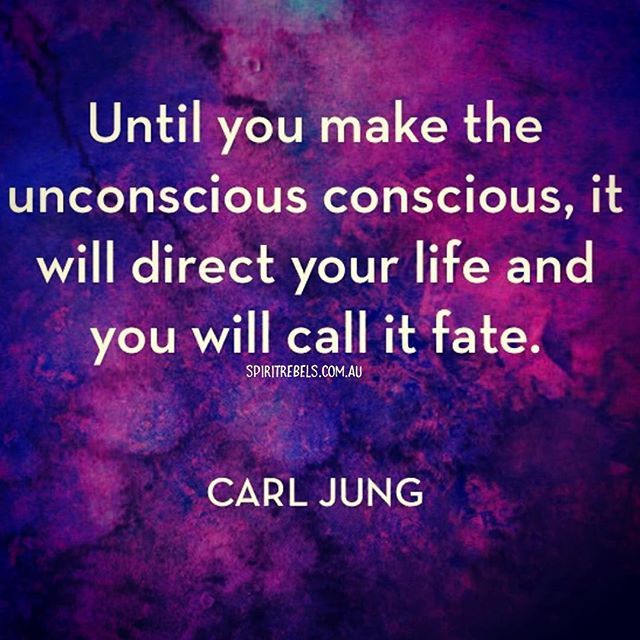
In this article, we’ll explore the ideas behind reality therapy, along with its techniques, benefits, and criticisms.
Reality therapy is based on choice theory, which Glasser also created.
Choice theory states that humans have five basic, genetically driven needs called “genetic instructions.” These are:
- survival
- love and belonging
- power or achievement
- freedom or independence
- fun or enjoyment
In choice theory, these needs don’t exist in any particular order. But it does state that our primary need is love and belonging, which explains why mental health challenges are often related to relationships.
The theory also states that we choose our behaviors to satisfy unmet needs. And in order to meet these needs, our behavior must be determined by internal forces. If our behavior is influenced by external factors like people or situations, it will result in psychological symptoms.
Reality therapy applies the main principles of choice theory. It aims to help you recognize the reality of your choices and choose more effective behaviors. The key concepts include:
It aims to help you recognize the reality of your choices and choose more effective behaviors. The key concepts include:
Behavior
Behavior is a central component of reality therapy. It’s categorized into organized behaviors and reorganized behaviors.
Organized behaviors are past behaviors that you created to satisfy your needs. The therapist will help you recognize any ineffective organized behaviors.
After identifying ineffective behaviors, you’ll work on changing them into more effective behaviors or making completely new ones. These are called reorganized behaviors.
By presenting behaviors as choices, reality therapy can help you better manage your life experiences and actions, according to advocates of the technique.
Control
The choice theory suggests that a person is only controlled by themselves. It also states that the idea of being controlled by external factors is ineffective for making change.
This concept emerges in reality therapy, which states that behavioral choices are determined by internal control.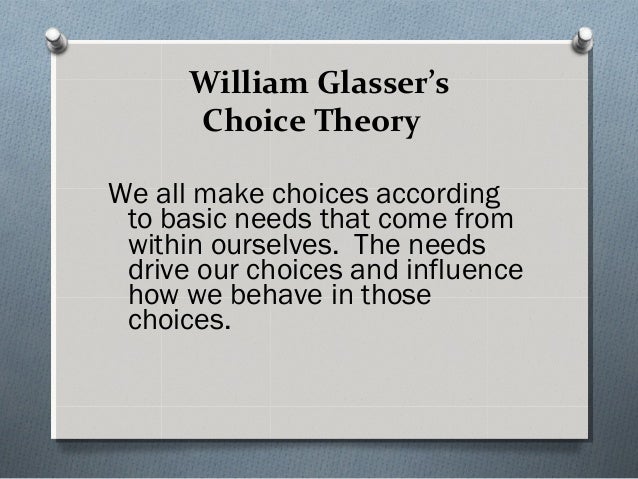 A reality therapist works to increase your awareness of these controllable choices.
A reality therapist works to increase your awareness of these controllable choices.
Responsibility
In reality therapy, control is closely linked to responsibility. According to Dr. Glasser, when people make poor choices, they are irresponsibly trying to fulfill their needs.
Based on this notion, reality therapy aims to increase your accountability of your behavior.
Action
According to reality therapy, your actions are part of your overall behavior. It also maintains that you can manage your actions. Hence, the therapist will focus on modifying actions to change behavior.
The method involves evaluating your current actions, how well they’re satisfying your needs, and planning new actions that will meet those needs.
Present moment
Reality therapy states that present behavior and actions aren’t influenced by the past. Instead, it claims that current behavior is determined by the present unmet needs. It uses a “here and now” approach to responsibility and action.
You can use reality therapy for many different scenarios and relationships, including:
- individual therapy
- family therapy
- parenting
- marriage counseling
- education
- management
- relationships with colleagues
- friendships
- addiction
Traditional psychiatry and psychotherapy aim to understand the underlying causes of a person’s problems. They also focus on unconscious thoughts, feelings, and behaviors.
Reality therapy, on the other hand, emphasizes the present. The goal is to change current behavior in order to address mental health conditions and improve relationships.
Dr. Glasser believed that disconnects with others are at the core of a person’s dissatisfaction and often mental and physical symptoms.
Additionally, reality therapy rejects the idea of mental illness. Dr. Glasser believed that people aren’t mentally ill, they just choose inappropriate behaviors to satisfy their needs instead.
Not all health professionals accept reality therapy. Some criticize it due to its:
- Opposition of mental illness. Dr. Glasser claimed that mental illness doesn’t exist, which has received pushback from the psychiatric community.
- Potential to impose views. A reality therapist helps people develop new actions. Some say this allows the therapist to impose their values and judgments.
- Anti-medication stance. Dr. Glasser stated that medication is never required to treat mental health conditions. Critics say he could have mentioned the benefits of conventional therapy over drugs, instead of dismissing them entirely.
- Disregard of the unconscious. Some people say that reality therapy fails to recognize the power of our unconscious.
- Limitation to the present. Reality therapy doesn’t aim to understand past conflicts, unlike traditional forms of therapy.
Reality therapy involves different techniques to change your current behavior.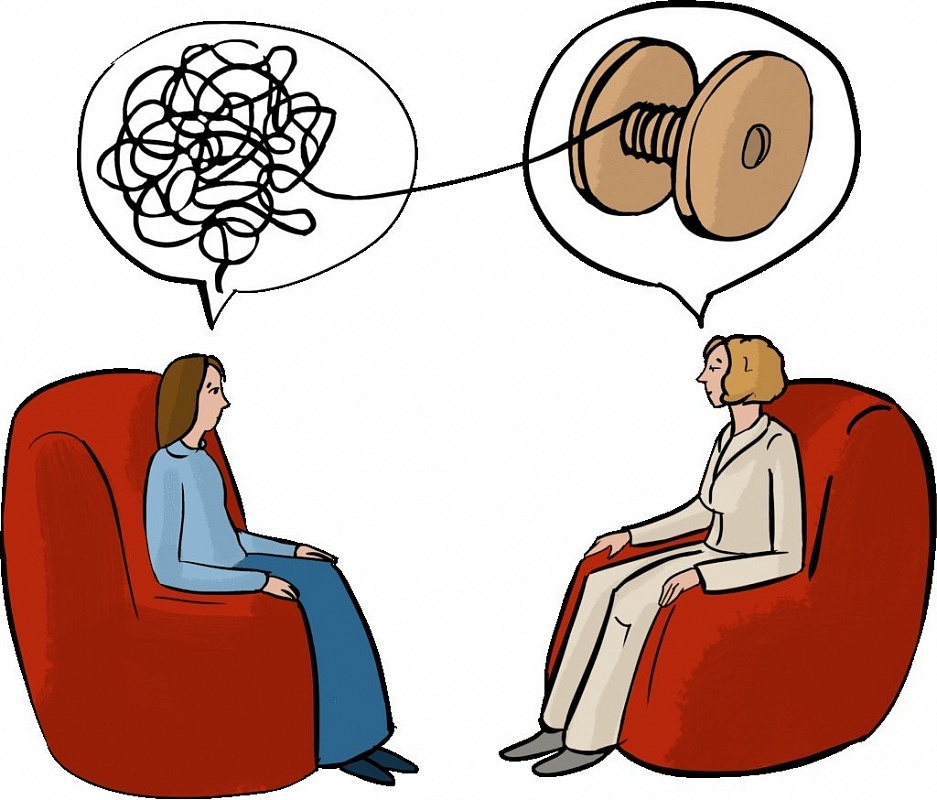 Some examples include:
Some examples include:
Self-evaluation
A therapist will use self-evaluation techniques to help you recognize your present actions. This serves as a foundation for planning new actions.
They might ask questions like:
- “What are your perceptions of the goals you’ve achieved and those you haven’t?”
- “Are your current goals realistic?”
- “How willing are you to make a change?”
Typically, a therapist will repeatedly use this technique throughout your sessions.
Action planning
After self-evaluation, your therapist will guide you through action planning. The goal is to plan new actions that better serve your needs.
Generally, these actions are:
- simple
- specific
- measurable
- attainable
- focused on results, rather than the action to be avoided
- immediate or time-limited
Reframing
In reframing, a therapist expresses a concept in a positive or less negative way. This can help shift your mindset from problem-focused to solution-focused.
This can help shift your mindset from problem-focused to solution-focused.
For example, you might say that you can’t stand being disrespected by others. A reality therapist may relabel the problem and say, “Feeling respected by other people is important for you.” This helps you find solutions within problems.
Behavioral rehearsal
Behavioral rehearsal involves practicing appropriate social behaviors. For example, your therapist might have you imagine or talk about these behaviors. Or, you might act out the situation with your therapist.
When the situation happens in reality, you’ll be prepared to respond with the appropriate behavior.
Seek a licensed mental health professional who is trained in reality therapy. This could be a:
- psychiatrist
- psychotherapist
- clinical counselor
- school counselor
- cognitive behavioral therapist
You might ask for referrals from your doctor or a trusted friend. Be sure to look at their credentials and consider online reviews.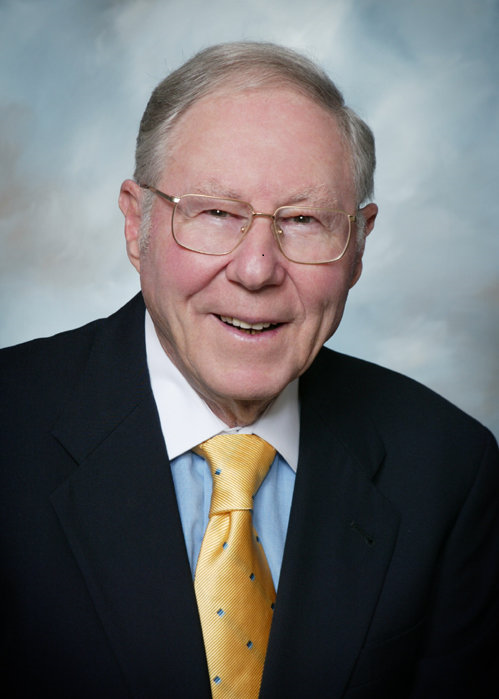 Importantly, always choose someone you feel comfortable talking with. If you don’t connect with the first therapist you contact, reach out to another.
Importantly, always choose someone you feel comfortable talking with. If you don’t connect with the first therapist you contact, reach out to another.
Online therapy options
Read our review of the best online therapy options to find the right fit for you.
Reality therapy views behavior as a choice. It’s based on taking responsibility for these choices and choosing more effective actions. This is said to help with psychological symptoms and mental health conditions.
However, due to its nontraditional approach, reality therapy has received a lot of criticism.
If you’re interested in this method, be sure to work with a therapist who is professionally trained in reality therapy.
William Glasser Reality Therapy
William Glasser Reality Therapy
William Glasser Reality Therapy
William Glasser is not just a person who has made a significant contribution to therapy. We can say that he even made a revolution in it. But first things first.
But first things first.
William Glasser is the founder and director of the Reality Therapy Institute, PhD, and the author of over ten books on education and reality therapy. In addition, at 19Glasser received his M.D. in 1953. However, his main achievement was the creation of reality therapy, which is based on the theory of control. This type of therapy can be successfully used to advise and guide clients. The two main components of reality therapy are the creation of a consultative environment and activities aimed at changing a person.
Reality Therapy is a counseling method based on the assumption that patients very often make the worst and most destructive choices in the moments of satisfaction of their own needs. The main mission of the therapist is to help the patient to make the right decision. But in order to use reality therapy, every therapist must first understand the essence of control theory, which explains the psychological and physiological behavior of a person. nine0007
nine0007
Control theory was first introduced to the world by William Powers in 1973, and his namesake Glasser improved it in 1984 and incorporated it into his own reality therapy. At the same time, it should be noted that reality therapy is effectively used in solving absolutely any human problems, ranging from psychological to medical problems. Control theory is most often applied by those people who seek to control their own lives and use their time efficiently. nine0007
The true tasks of counselors and psychotherapists, according to Glasser, are not just counseling, but rather management. Indeed, many patients, such as maniacs, rapists and drug addicts, are sent for consultations by order of the authorities, and not voluntarily. There is only one requirement for them - to change their behavior and their way of life. As a result, the consultant assumes the role of a manager, controlling the behavior of his ward.
In connection with the above, reality therapy can be considered both as a method of counseling, which is based on the theory of control, and as a method of management in combination with counseling, which are based on the managerial ideas of Edwards Deming and control theory. At the same time, the basics of reality therapy can be mastered not only by psychotherapists and consultants, but also by ordinary people who strive to live their lives more meaningfully and effectively. nine0007
At the same time, the basics of reality therapy can be mastered not only by psychotherapists and consultants, but also by ordinary people who strive to live their lives more meaningfully and effectively. nine0007
Reality therapy assumes that every action a person performs, from the moment of his birth to the day of his death, is conscious. All our behavior in each of the spheres of life is absolutely conscious and holistic.
What does "holistic behavior" mean? This is a behavior in which there are 4 components: physiology, thinking, feelings and actions. At the same time, physiology always accompanies the feelings, actions and thoughts of a person. Of the four components, only two can be subjected to arbitrary conscious control - thoughts and actions. This is why Glasser considered thoughts and actions to be arbitrary. nine0007
It turns out that a person is not able to independently choose his physiological reactions and feelings that accompany thoughts and actions. How can he then feel healthy and happy? The answer is obvious - by improving your thoughts and actions. In this case, all his behavior will qualitatively change. Glasser emphasized that in order to change the whole, it is not at all necessary to change each of its components - it is enough to change one or more of its parts. That is why it is so important to change those components of a person's behavior that he is able to change - thoughts and actions. As far as physiology and feeling are concerned, reality therapy does not focus on them for one simple reason - they are beyond human control. nine0007
How can he then feel healthy and happy? The answer is obvious - by improving your thoughts and actions. In this case, all his behavior will qualitatively change. Glasser emphasized that in order to change the whole, it is not at all necessary to change each of its components - it is enough to change one or more of its parts. That is why it is so important to change those components of a person's behavior that he is able to change - thoughts and actions. As far as physiology and feeling are concerned, reality therapy does not focus on them for one simple reason - they are beyond human control. nine0007
Consider a simple situation: a client comes to a therapist's office and complains of constant depression and loss of energy. He describes in vivid colors the emotional component of his behavior. In this case, there is no way to arbitrarily and in the shortest possible time to make the patient feel better, other than drugs. Moreover, even if the therapist gives the patient medication, the process of taking the drug will be nothing but the result of his actions and thoughts.
Dr. Glasser's office was visited by more than one such patient who complained of depression and deterioration in well-being. One of his clients described a situation of complete depression associated with the departure of his wife. For a long time he just sat at the window, absorbed in his own thoughts, and did nothing to correct the situation. The patient described each of the 4 components of his own behavior:
1. Actions: he stays at home.
2. Thoughts: I have lost my wife.
3. Feelings: absolute depression. nine0007 4. Physiology: nausea and loss of appetite.
Based on control theory and given that patients describe their behavior using the strongest component, reality therapy uses words in the form of verbs to describe psychological complaints. When the therapist concludes that the patient is self-repressing, he realizes his main task is to help the client choose the best holistic behavior.
Every human behavior is inextricably linked with the processes taking place in his brain. However, many people continue to stubbornly believe that their actions are caused by external circumstances and incentives. Mentally ill people in 100% of cases place all responsibility for their troubles on external factors. They consider themselves helpless in the face of events taking place in the present or in the past. nine0007
However, many people continue to stubbornly believe that their actions are caused by external circumstances and incentives. Mentally ill people in 100% of cases place all responsibility for their troubles on external factors. They consider themselves helpless in the face of events taking place in the present or in the past. nine0007
Returning to Dr. Glasser's client who suffered from depression, it is worth noting that he considered his wife, not himself, to be the main cause of his depression and depression. But does every person stop when the traffic light turns red? In the same way, not all husbands become depressed if their wives leave them. What is the real reason? The fact that a person performs certain actions, as they best realize his internal needs, which he may not even be aware of. nine0007
When the traffic light turns red, the person stops. Some call it a stimulus, but reality therapy calls it something else - information. By itself, the red light of a traffic light does not tell a person anything about the need to stop, nor does it provide information about the flow of traffic.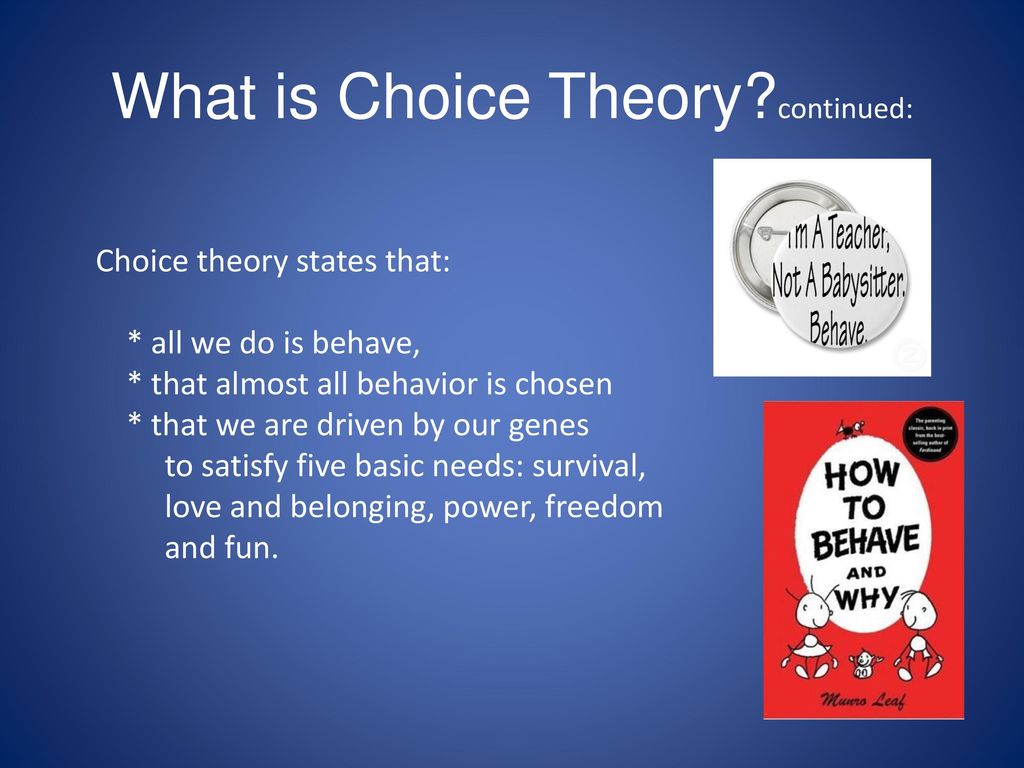 It's just that a person is so accustomed to performing the same action (stopping) that he does it involuntarily, reacting in the same way to events that have already occurred. And depression, in the case of the patient, is not his mental illness, it is his choice. The reasons for this choice lie not in the information that a person received through the senses, but in the person himself. nine0007
It's just that a person is so accustomed to performing the same action (stopping) that he does it involuntarily, reacting in the same way to events that have already occurred. And depression, in the case of the patient, is not his mental illness, it is his choice. The reasons for this choice lie not in the information that a person received through the senses, but in the person himself. nine0007
According to the theory of control, everything that a person does is his conscious action, and not a banal reaction to external circumstances. Every human action, one way or another, is an attempt to satisfy the arisen internal need for something. According to the same theory of control, each person has 5 key needs that are embedded in him.
Need 1 - Love and affection.
Need 2 - Power.
Need 3 - Freedom.
Need 4 - Pleasure. nine0007 Need 5 - Survival.
A person seeks to satisfy each of the listed needs throughout his life. A person seeks to control the world around him so that all needs are duly satisfied. Man becomes little ordinary adaptation to the environment. This is where the name control theory comes from.
Man becomes little ordinary adaptation to the environment. This is where the name control theory comes from.
At the same time, not a single person managed to dominate the environment, although some daredevils made such desperate attempts. The only real way to gain control of the world is through holistic human behavior. In other words, a person must begin to control himself, and then he will receive from the world around him what he wants. nine0007
An example of the above is not far to seek. Remember the behavior of a child who terribly does not want to stay with the nanny. What is he doing? That's right - he chooses holistic behavior in order to control his parents. At first, he begins to sulk, then - offended, and eventually begins to cry whenever his parents leave the house. If they go along with the child, he will understand that the best way to control the situation is to be offended and pretend to suffer every time. That's just life is unlikely to be as favorable to a person as his parents. nine0007
nine0007
Every client's problems lie in his past, but their solutions lie in the present. Any previously unsatisfied need must be satisfied as quickly as possible, only in this way it will cease to poison a person's life.
The task of the consultant is to create the right environment.
When working with clients, each consultant should strive to solve the main task - to create and effectively maintain the necessary consulting environment throughout the session. This environment should inspire confidence in the therapist and be as safe as possible for the patient. The consultant should speak to his client as if he were a good friend, only then will the consultation environment meet the patient's basic needs. nine0007
As soon as the client feels a friendly atmosphere, he will become more open and understand that the consultant will always be on his side, even if he says something wrong. The consultant helps the client develop a plan to improve his life, after which he monitors the client's implementation of this plan.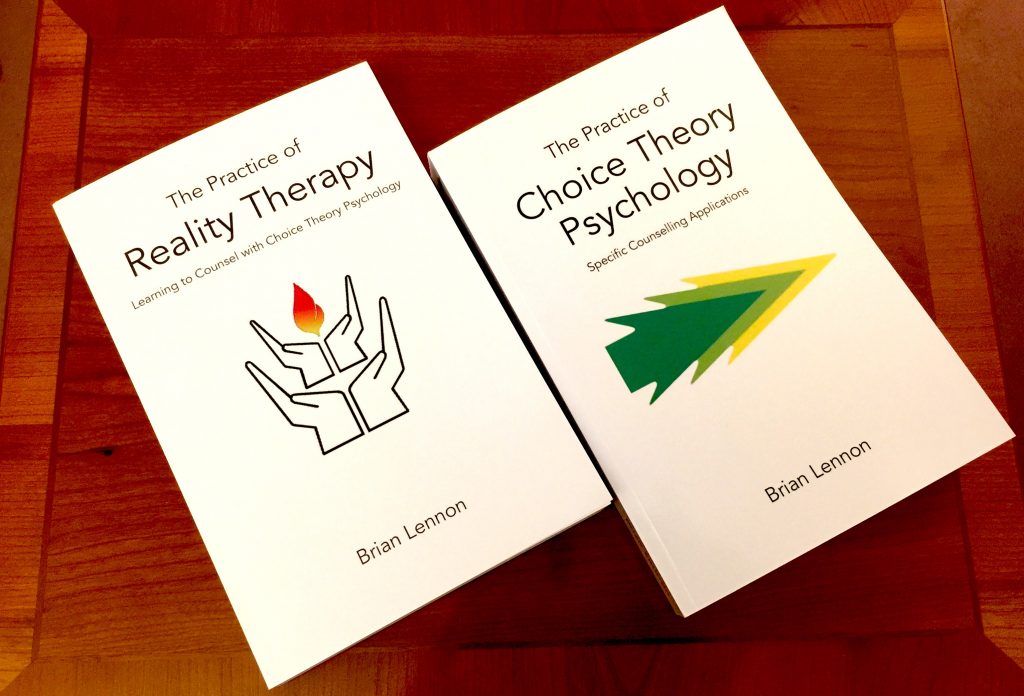 At the same time, the consultant must be able to be tough if the client deliberately does not want to follow the plan and claims that it is not feasible. At the same time, each consultant must be careful not to accept the patient's excuses on the one hand, but on the other hand not to be too critical of him. Reality therapy does not accept punishment or criticism. If the client realizes that the plan is not working, he should, without any excuse, come up with a new plan with the therapist and strictly adhere to it. nine0007
At the same time, the consultant must be able to be tough if the client deliberately does not want to follow the plan and claims that it is not feasible. At the same time, each consultant must be careful not to accept the patient's excuses on the one hand, but on the other hand not to be too critical of him. Reality therapy does not accept punishment or criticism. If the client realizes that the plan is not working, he should, without any excuse, come up with a new plan with the therapist and strictly adhere to it. nine0007
Throughout the work, the therapist must instill confidence in the client and make it clear that his problem can be solved. Choosing the right holistic behavior always improves the lives of patients, even if sometimes less than they expected. The main thing that the client must accept is the need to attend every session and trust his therapist, because without his efforts nothing will come of it. If the client does everything right, the rest of the result will depend on the professional level of the therapist.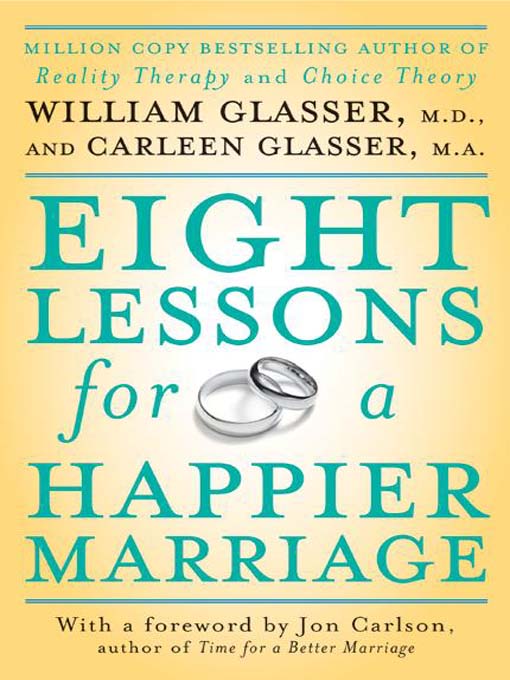 nine0007
nine0007
The main problem with reality therapy therapists is patients who are reluctant to accept changes in their lives. They prefer to leave everything as it is and continue to act in the usual way, instead of following a plan made together with the therapist. The task of the therapist is to convince the person that what he wants from him, first of all, is needed by the client himself. However, in this case, the person himself must want to change his actions, without coercion from the therapist. This is the key to success. All patients resist coercion, because it leads to the frustration of one of the strongest needs - the need for power. Therefore, the first rule of counselors and therapists who use reality therapy is that you cannot force a patient to change by doing what the therapist wants. In order to qualitatively change his life, the client himself must want to change, and the therapist must help him in this. nine0007
Control theory implies that there is a special department in the human brain responsible for storing information about everything that is useful and good for a person.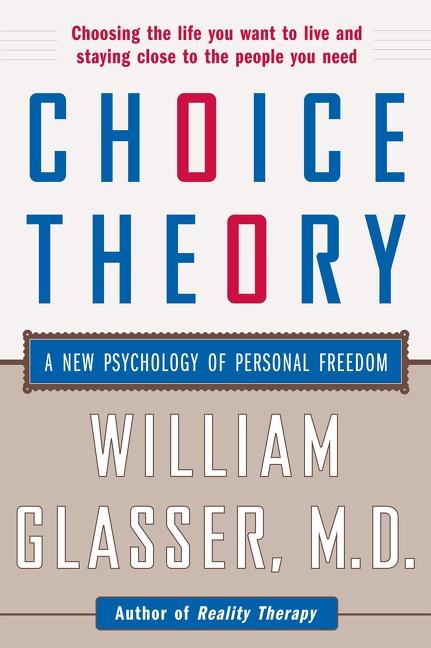 If the consultant wants to control the patient and help him change, he must gain access to this part of the brain, otherwise all the consultant's attempts will be in vain. It is very important to refrain from coercion in work, because it will only alienate the patient, and he will close himself to changes. Often with problem patients it is extremely difficult for the therapist to do this, but there is simply no other way to success. nine0008
If the consultant wants to control the patient and help him change, he must gain access to this part of the brain, otherwise all the consultant's attempts will be in vain. It is very important to refrain from coercion in work, because it will only alienate the patient, and he will close himself to changes. Often with problem patients it is extremely difficult for the therapist to do this, but there is simply no other way to success. nine0008
The goal of a reality therapist is to help people take responsibility for these behaviors and choose more desirable activities that will allow them to connect with others.
Dr. William Glasser developed this method in 1965. He has used reality therapy in mental hospitals, prisons and prisons. Glasser wrote many books on the subject, and the William Glasser Institute still teaches his methods.
Although there has been no research into the effectiveness of reality therapy, it is practiced in many cultures and countries. However, members of the psychiatric community criticize reality therapy because it rejects the concept of mental health conditions.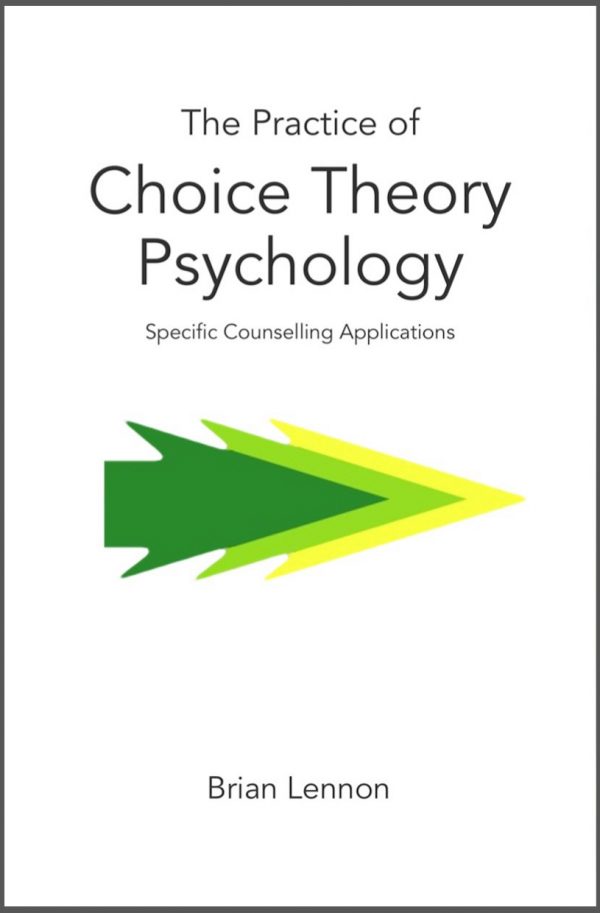 nine0008
nine0008
In this article, we look at the ideas behind Reality Therapy, its methods, benefits, and criticisms.
Reality Therapy and Choice Theory
Reality Therapy is based on Choice Theory, which was also developed by Glasser.
Choice theory states that humans have five basic, genetically determined needs, called "genetic instructions". This is:
- survival
- love and belonging
- strength or achievement
- freedom or independence
- fun or pleasure
In choice theory these needs do not exist in any particular order. But it claims that our basic need is love and belonging, which explains why mental health issues are often related to relationships.
The theory also states that we choose our behavior to satisfy unmet needs. And in order to satisfy these needs, our behavior must be determined by internal forces. If our behavior is influenced by external factors such as people or situations, this leads to psychological symptoms.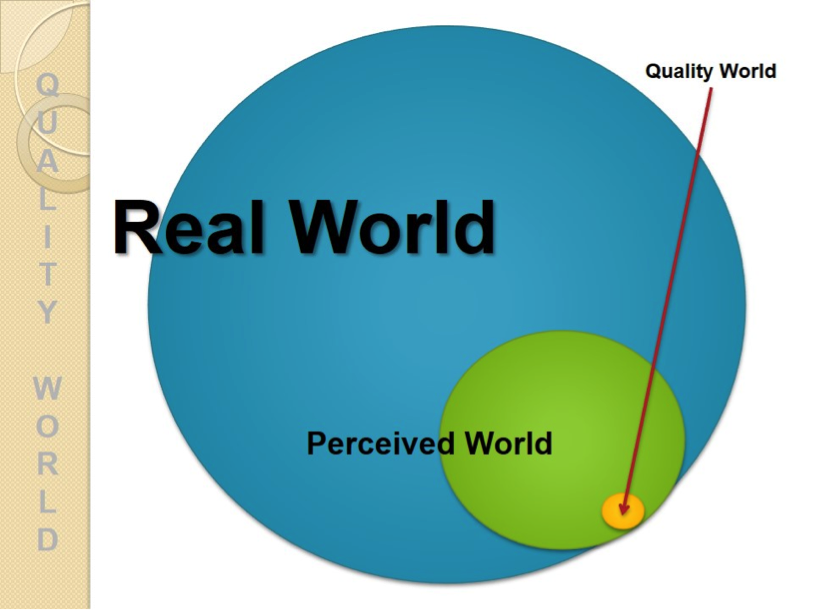 nine0008
nine0008
Basic ideas of reality therapy
Reality therapy applies the basic principles of choice theory. It aims to help you recognize the reality of your choices and choose more effective behaviors. Key concepts include:
Behavior
Behavior is a central component of reality therapy. It is subdivided into organized behavior and reorganized behavior.
Organized behavior is past behavior that you have created to meet your needs. The therapist will help you recognize any ineffective organized behavior. nine0008
Once an ineffective behavior has been identified, you will work on changing it to something more effective or creating a completely new one. This is called reorganized behavior.
According to the proponents of this technique, by presenting behavior as a choice, reality therapy can help you better manage your life experiences and actions.
Control
Choice theory assumes that a person is under control only of himself. It also states that the idea of external control is not effective in bringing about change. nine0008
It also states that the idea of external control is not effective in bringing about change. nine0008
This concept arises in reality therapy, which states that behavioral choices are determined by internal control. The reality therapist works to increase your awareness of these controlled choices.
Responsibility
In reality therapy, control is closely related to responsibility. According to Dr. Glasser, when people make the wrong choice, they are irresponsibly trying to satisfy their needs.
Based on this concept, reality therapy aims to increase your responsibility for your behavior. nine0008
Action
In reality therapy, your actions are part of your overall behavior. It also claims that you can control your actions. Hence, the therapist will focus on changing actions in order to change behavior.
The method involves evaluating your current actions, how well they meet your needs, and planning new actions that will meet those needs.
Present Moment
Reality therapy states that present behavior and actions are independent of the past.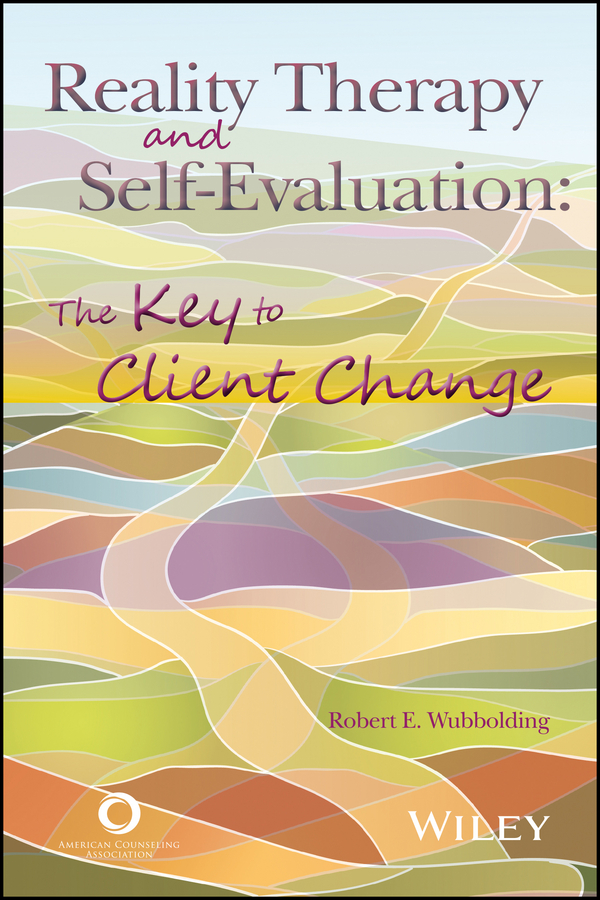 Instead, he argues that current behavior is determined by current unmet needs. It takes a "here and now" approach to responsibility and action. nine0165
Instead, he argues that current behavior is determined by current unmet needs. It takes a "here and now" approach to responsibility and action. nine0165
Traditional psychiatry and psychotherapy seek to understand the root causes of human problems. They also focus on unconscious thoughts, feelings, and behaviors.
Reality therapy, on the other hand, focuses on the present. The goal is to change current behavior to address mental health issues and improve relationships.
Dr. Glasser believed that disconnection from others underlay a person's dissatisfaction and often mental and physical symptoms. nine0008
In addition, reality therapy rejects the idea of mental illness. Dr. Glasser believed that people are not mentally ill, they simply choose inappropriate behavior to satisfy their needs.
Criticisms and limitations of reality therapy
Not all health care professionals accept real therapy. Some criticize him because of:
- Opposition to mental illness.
 Dr. Glasser argued that mental illness does not exist, which caused a rebuff from the psychiatric community. nine0112
Dr. Glasser argued that mental illness does not exist, which caused a rebuff from the psychiatric community. nine0112 - Ability to impose views. The reality therapist helps people develop new activities. Some say that this allows the therapist to impose their own values and judgments.
- Anti-drug position. Dr. Glasser stated that drugs are never required to treat mental illness. Critics say he could have mentioned the benefits of conventional therapy over drugs rather than dismiss them outright.
- Neglect of the unconscious. nine0006 Some people say that reality therapy fails to recognize the power of our unconscious.
- Limitation hereto. Reality therapy does not focus on understanding past conflicts, unlike traditional forms of therapy.
Reality therapy techniques
Reality therapy includes various techniques to change your current behavior. Here are some examples:
Self-evaluation
The therapist will use self-evaluation techniques to help you recognize your current actions.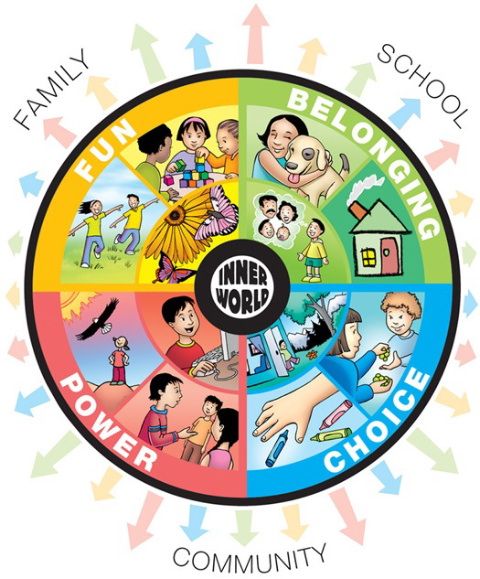 This serves as the basis for planning new actions. nine0008
This serves as the basis for planning new actions. nine0008
They may ask questions such as:
- “What is your perception of the goals you have achieved and those you have not achieved?”
- "Are your current goals realistic?"
- "How willing are you to change?"
Typically, the therapist will use this technique repeatedly throughout the session.
Action planning
After the self-assessment, your therapist will help you plan your actions. The goal is to plan new activities that better meet your needs. nine0008
As a rule, these are the following actions:
- simple
- specific
- measurable
- Achieving
- are concentrated on the results, and not on the actions of which
- should be avoided or limited in time 9012 9012 9012 9012 9012 9012 9012 9012 9012 9012
- 000 In reframing, the therapist expresses the concept in a positive or less negative way. This can help shift your mindset from focusing on the problem to focusing on the solution.
 nine0008
nine0008 For example, you might say that you can't stand being disrespected by others. A reality therapist might rename the problem and say, "It's important for you to feel respect from other people." It helps you find solutions within problems.
Behavioral rehearsal
Behavioral rehearsal includes practicing appropriate social behaviour. For example, your therapist may ask you to introduce or talk about this behavior. Or you can act out the situation with your therapist. nine0008
When the situation actually happens, you will be ready to respond with appropriate behavior.
What to Look for in a Reality Therapist
Look for a licensed mental health professional who is trained in Reality Therapy. This could be:
- psychiatrist
- psychotherapist
- clinical counselor
- school counselor
- cognitive behavioral therapist
You can ask your doctor or a trusted friend for a referral. Be sure to check out their credentials and consider online reviews.
